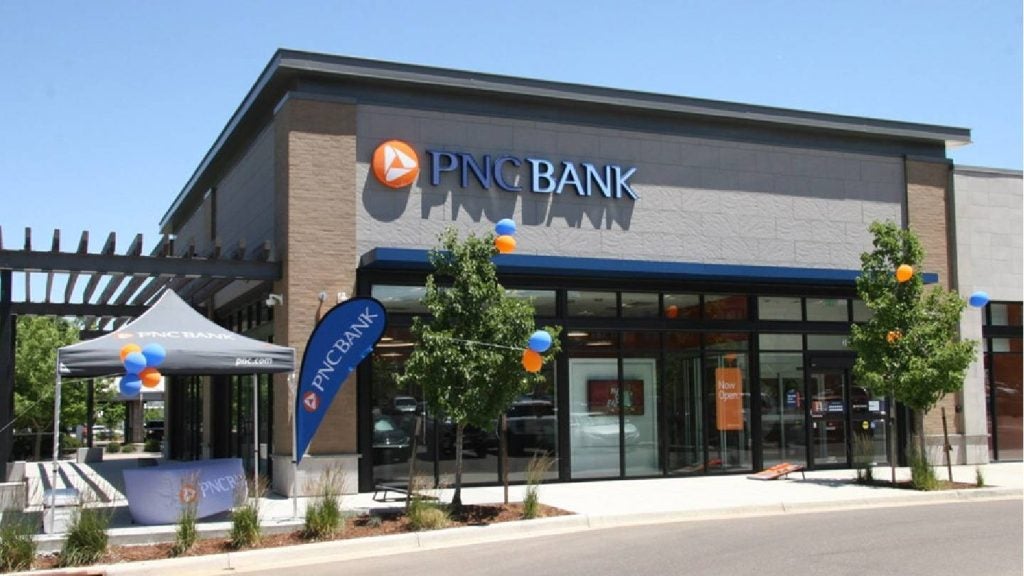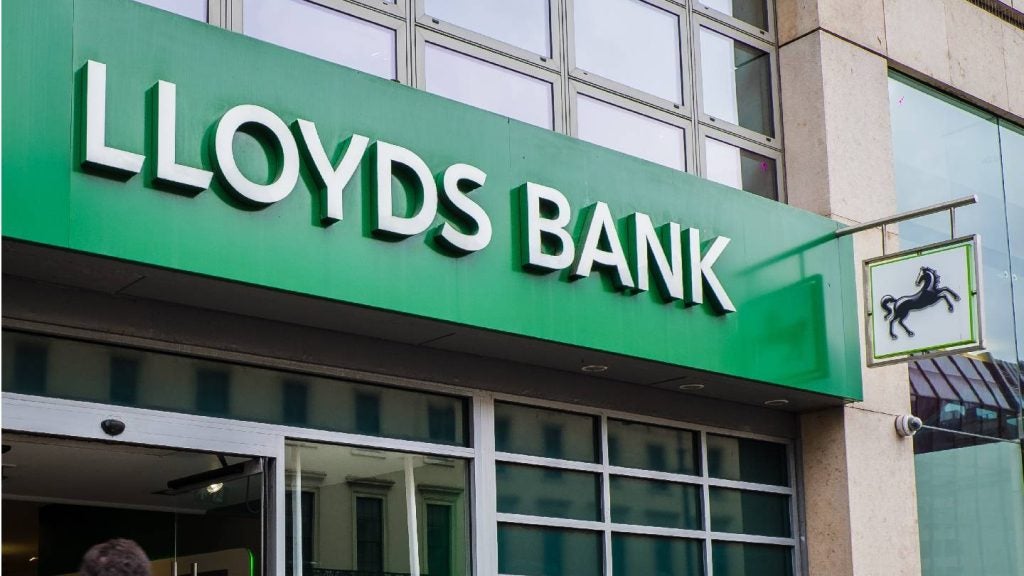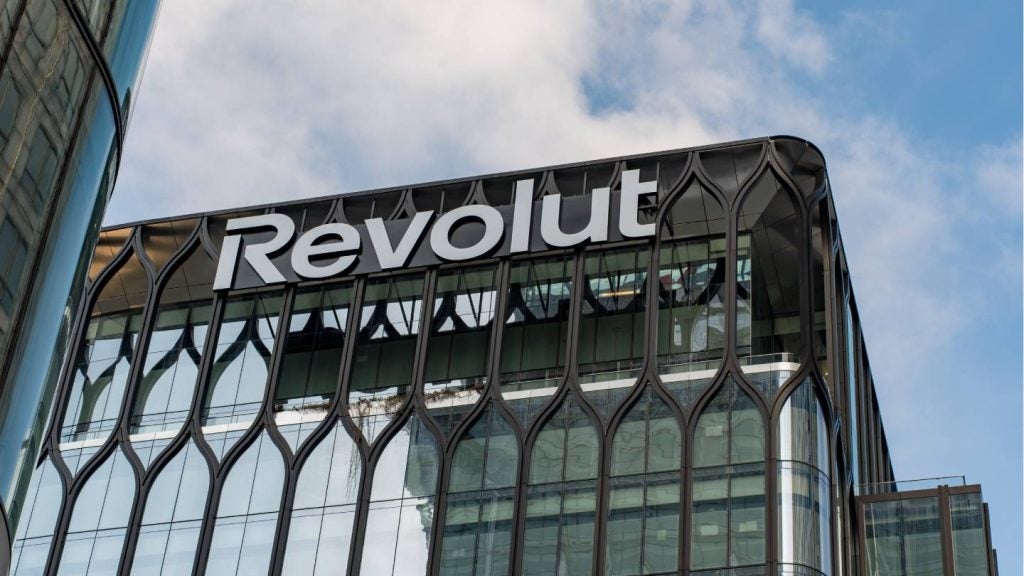Since its launch in 2013, the Current Account Switch Service (CASS) has seen limited success. While it has been praised for its operations, not many consumers seem to take up the option. Are customers switching as much as banks fear? Or is this an unsubstantiated fear?
According to a report from Bacs, the Current Account Switch Service Annual Report 2016, there have been 3.5 million successful switches since 2013, including over 75,000 small business accounts.
In addition, the service reports a success rate of 99.5%.
Changing current accounts can be of great benefit to consumers. In 2006, the average consumer could have saved £56 a year by switching to the best value current account. By 2016, this value had more than doubled to £116.
However, current accounts, in terms of revenue, are becoming less of a fruitful provider for banks. Over the last eight years, bank revenue from personal current accounts has fallen by 17%.
Bacs believed that the reason for customers not switching as much as they could is due to the ‘stick’ nature of the market. Customers typically stay with their bank with a reasonable amount of time. Current accounts have become ‘forever accounts’.

US Tariffs are shifting - will you react or anticipate?
Don’t let policy changes catch you off guard. Stay proactive with real-time data and expert analysis.
By GlobalDataWhile the report states that consumers could save money by switching, it certainly doesn’t feel that way. Interest rates across current accounts in the UK are largely similar, if even there. People are now considering customer service and innovation to be the differentiators between banks, which creates an opportunity for new players to attempt to gain market share.
One thing is for sure: if you want customers to switch, you need to give them something worth switching for.








